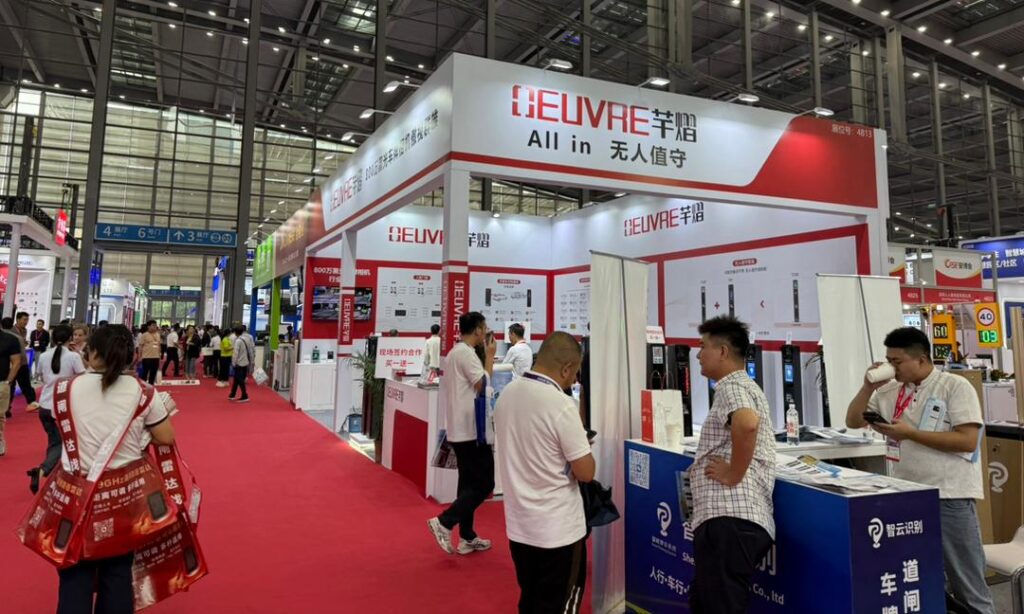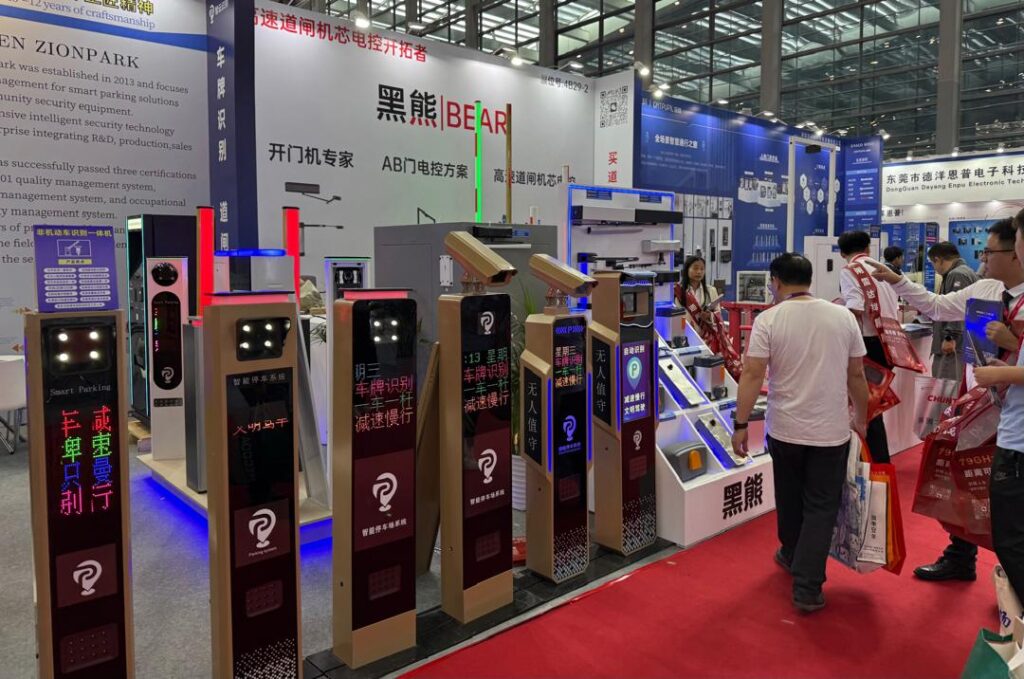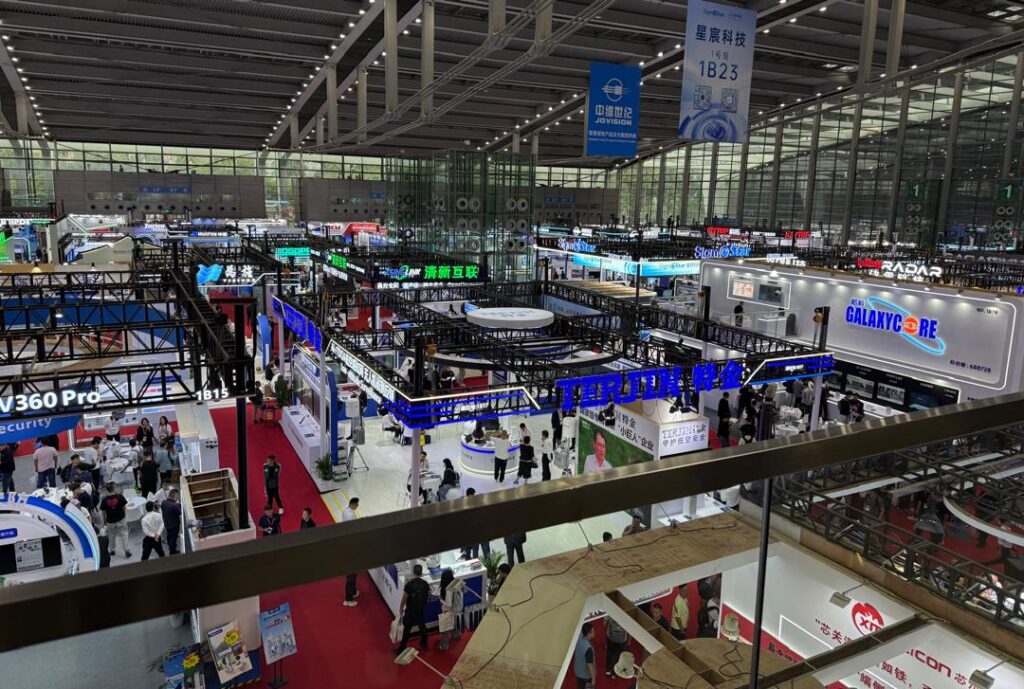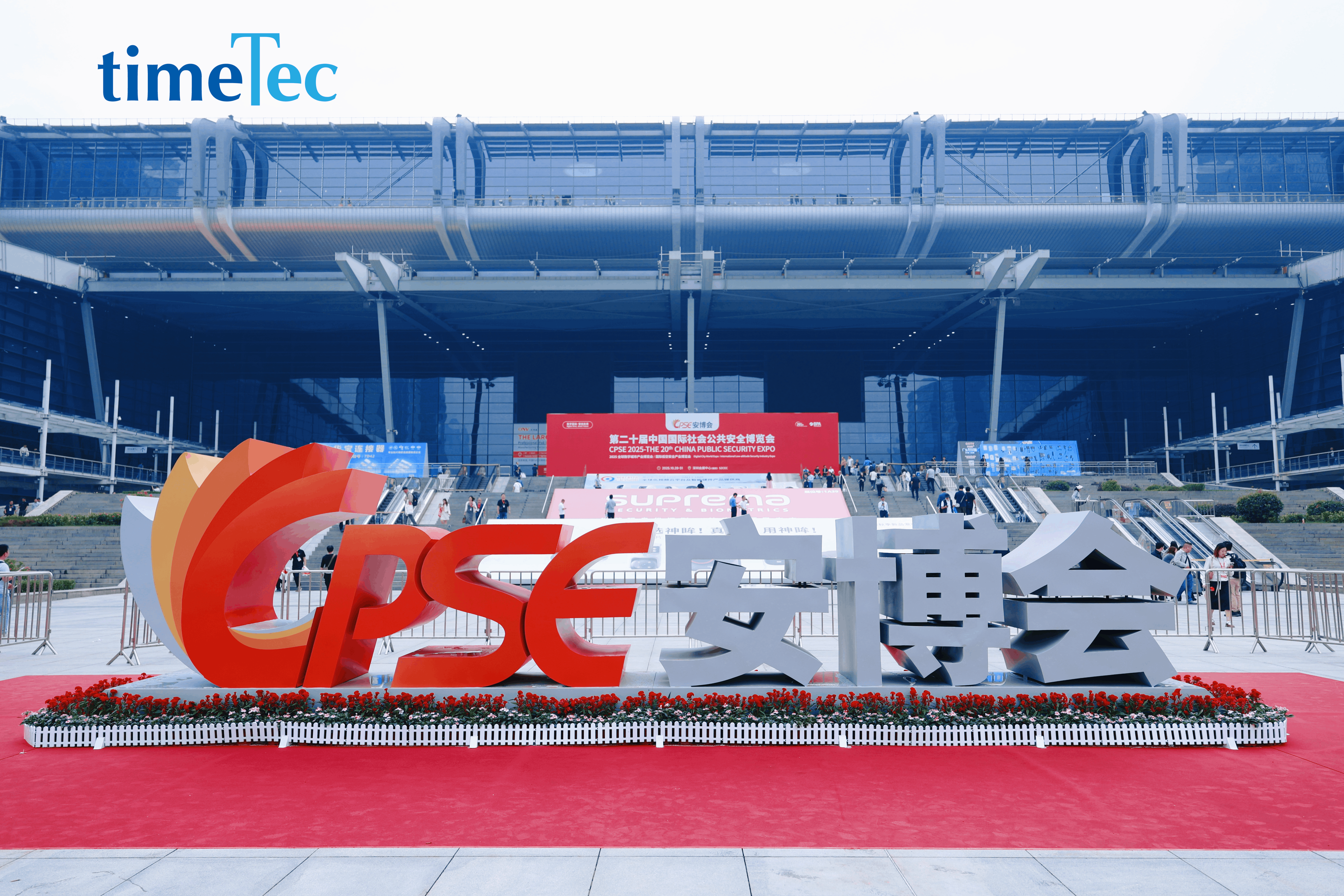By Teh Hon Seng, CEO, TimeTec Group
After several years away from the China Public Security Expo (CPSE), I returned this year for its 20th edition, partly out of curiosity and partly to observe how the security industry in China has evolved. What I found was both revealing and symbolic of a broader shift across the global tech landscape: hardware still fills the halls, but solutions are now where the true value lies.
A Different Atmosphere This Year

It has been many years since I last attended CPSE. In the past, you could judge the prosperity of the security industry by the number of promotional models working the booths; the more you saw, the better the business.
This year, there were none. Every booth was staffed by in-house employees. That alone told me something about the state of the industry.
All eight halls were open, but the crowd was thinner. Only Hall 1 buzzed with activity; the rest were noticeably quiet. Hall 1 was dense and narrow, the others wide and sparse. CPSE may still be the world’s largest security exhibition, yet the absence of leading names like Hikvision and Dahua was striking. The era of mega-booths and grand displays is clearly over.
Why Major Brands No Longer Exhibit
The truth is, they no longer need to.
For dominant brands, trade fairs have become optional. Their markets, both domestic and global, are mature. Instead of showcasing to strangers, they now host private, invitation-only events nearby during CPSE week to deepen relationships with key clients, agents, and partners while unveiling new products. At their scale, attracting new walk-ins no longer moves the needle.
The Limits of Trade Shows
Exhibitions have always been surface-level, good for a glance, not depth. You can see the exterior of a product, maybe get a brief demo, but you rarely grasp the full solution behind it.
Security is a B2B industry, unlike B2C sectors such as automotive, where the product speaks for itself. Here, it’s about integration, interoperability, and ecosystems, things you can’t easily display in a booth.
Traditional CCTV, access control, or alarm systems are no longer the market’s focus. Customers now demand solutions that solve problems end-to-end. In the digital-to-AI transition, solutions have evolved into complex ecosystems that span software, cloud, and data analytics, far beyond what a typical exhibition can communicate.
Hardware Still Dominates, But Software Defines the Future
China remains the powerhouse of hardware manufacturing, and the exhibition floor reflects it. Hardware still steals the spotlight, but real transformation happens in the software layer, where localization, integration, and intelligence drive value.
Because China’s domestic environment is heavily localized and regulated, many of its software-based solutions don’t travel well overseas. Global markets are fragmenting into two systems: one rooted in China, another aligned with international standards.
Foreign visitors can still buy excellent hardware, but when it comes to full solutions, they must often look elsewhere or build their own.
Take license plate recognition (LPR) for parking as an example. Buying the cameras is easy, but parking management requires local integration, payment gateways, e-invoice compliance, user data privacy, and more. Chinese software, when transplanted to Malaysia, for instance, can’t just “plug and play.” It needs deep and constant adaptation.

A Real Encounter That Says It All
At one of our partner booths, while I was mid-conversation, a visitor from Singapore walked up and asked:
“Does your lane management software have an English version? Does it include community management features?”
My partner gestured for me to respond.
I asked whether they had their own system; he said no.
I opened our Smart Community app, then our Parking System app, and demonstrated how both integrate seamlessly.
We exchanged cards, and I suggested he review our website after returning home.
That small moment captured the larger truth: hardware starts the conversation, but solutions close the deal.
AI Is the Buzzword — But with Boundaries
AI was everywhere this year. Some exhibitors displayed AI chips, hoping to embed intelligence into cameras or recorders. But as I’ve said before, AI in security is mostly visual, pattern, image, and motion recognition.
Large-language-model AI (like ChatGPT) doesn’t fit easily here, because security data is not core business data, it isn’t reused or monetized. Only when security data connects with enterprise systems does it gain new value.
For example, when LPR footage integrates with parking management, it becomes transaction data; when facial recognition ties to attendance, membership, or payment systems, it becomes business data.
Without that connection, AI in security remains narrow in scope.
The Shrinking Global Presence

As with many Chinese exhibitions now, foreign participation is fading fast. This year, overseas exhibitors were almost non-existent. China’s market has become increasingly inward-focused and self-competitive.
In security, most foreign brands have already packed up and left. Roughly 90 percent of visitors were local. Western attendees were rare; those from Southeast Asia, India, Central Asia, and the Middle East filled the gap, a sign of how global alignments are shifting.
Will I Return?
Yes, but not every year.
When solutions drive the future and products serve mainly the lower-end market, the role of hardware naturally fades. What used to be the star has become the supporting actor.
The real star, integrated, localized, AI-driven solutions, can no longer be fully captured by CPSE. As industries blend and digital transformation accelerates, the one-size-fits-all exhibition model feels increasingly out of place in a fragmented, solution-driven world.
Closing Thoughts
CPSE 2025 was more than an industry exhibition, it was a mirror reflecting where the security ecosystem stands today.
Hardware still gleams under the spotlights, but the glow of software, integration, and intelligence has already taken center stage.
This blog post was contributed by Mr. Teh Hon Seng, CEO of TimeTec Group.
